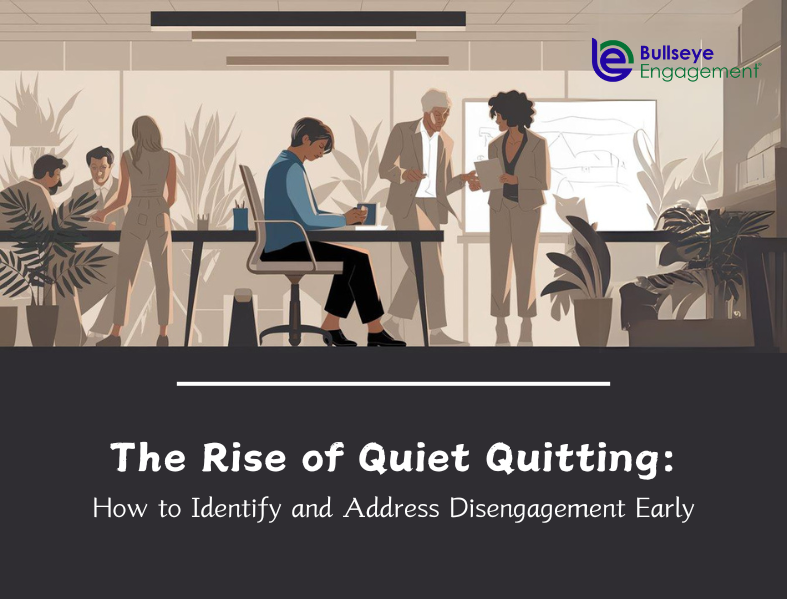As companies race to gain a competitive advantage by optimizing talent management, they are giving HR more and more strategic responsibilities—which is great news for HR leaders who have struggled for years to earn seats in the board room.
Companies are expecting a lot from their HR leaders. They’re being pressured to meet the demands of a constantly changing workforce and environment, deliver an employee experience that attracts and retains top talent and add real business value to their organizations.
Yet most organizations have not set their HR leaders up for success. Few companies have the proper systems and processes in place to help HR departments to fulfill so many new and evolving responsibilities.
HR’s Challenges
Disjointed systems and too many tasks
Most HR leaders are frequently faced with several tasks that get in the way of strategic objectives. Day-to-day HR duties, even at the senior level, are often labor-intensive, inefficient, and time-consuming. Even with a dedicated software solution, like an HRIS, a leader may still revert to spreadsheets and sticky notes to manage multi-step processes. Talented HR professionals are overloaded with operational and administrative tasks that prevent strategic work from getting done.
They have data but aren’t equipped to use it
HR leaders may also struggle to deliver business impact because they are ill-equipped to collect and synthesize human capital data. In fact, 59% of HR professionals said they couldn’t currently prove a measurable benefit of HR solutions using data. Even with improvements in technology, HR leaders find it difficult to integrate human capital data with financial and operational outcomes because the information is spread across organizations and difficult to reconcile.
The business case for human capital management improvements
In this time of uncertainty, many companies will reject the idea of investing in new systems to improve human capital management. But there are hefty opportunity costs associated with a failing HCM system. The time an HR leader spends creating reports, handling administrative tasks, and waiting between handoffs could be spent:
- providing accurate workforce costs and supporting future planning scenarios
- empowering employees to be more productive and innovative
- planning organizational structures that can adapt to the changing needs of the company
- helping to develop a digitally ready workforce
- aligning their company’s people policies with the corporate mission, values, and vision
- finding the right talent and skills needed to support the company’s direction
- achieving diversity with inclusion
What HR leaders can do to communicate the need for change
1- Audit current HR processes and get a clear idea of where you are today
Get a good understanding of your current HR processes, from onboarding to employee development, to performance appraisals, to succession planning. Determine which processes could be automated or digitized and which functions need immediate improvement. Ask yourself which processes are limiting productivity and adding unnecessary transactional costs within the business. Evaluate the technology you already have and understand its shortfalls.
2- Determine where you want to be in the future
Make a road map for the upcoming years according to your organization’s vision and strategic objectives. This facilitates discussion with senior leaders and will help them understand why change is required. Describe what will happen if changes are not made and if the organization waits too long to change.
3- Find the right tools to simplify processes and leverage data
High impact organizations are data-driven, using real-time analytics and business insights to maintain a competitive advantage. The right technology will help HR departments 1) reduce the number of manual tasks bogging them down, and 2) easily use people-data to underpin strategic business decisions.
You may not need to purchase new software right away, especially if you’re underusing your existing tools. If technology upgrades are necessary, look for solutions that are configurable to your organization’s needs and integrate data from all areas of the business. Since “reducing turnover, improving sales productivity, and increasing the quality of hires all have a tremendously high ROI, analytics often represents a strong business case to justify modernizing the HR infrastructure” (Deloitte).
Conclusion
As the responsibilities of the HR leader continue to evolve and develop, companies need to adapt their human capital management processes to set them up for success. A revamped, integrated human capital management system will enable leaders to drive strategies and tactics that meet the challenges of today while positioning their organizations for success in the future. Businesses that support their HR teams with integrated HCM systems are positioned to out-compete and outperform their competitors.




